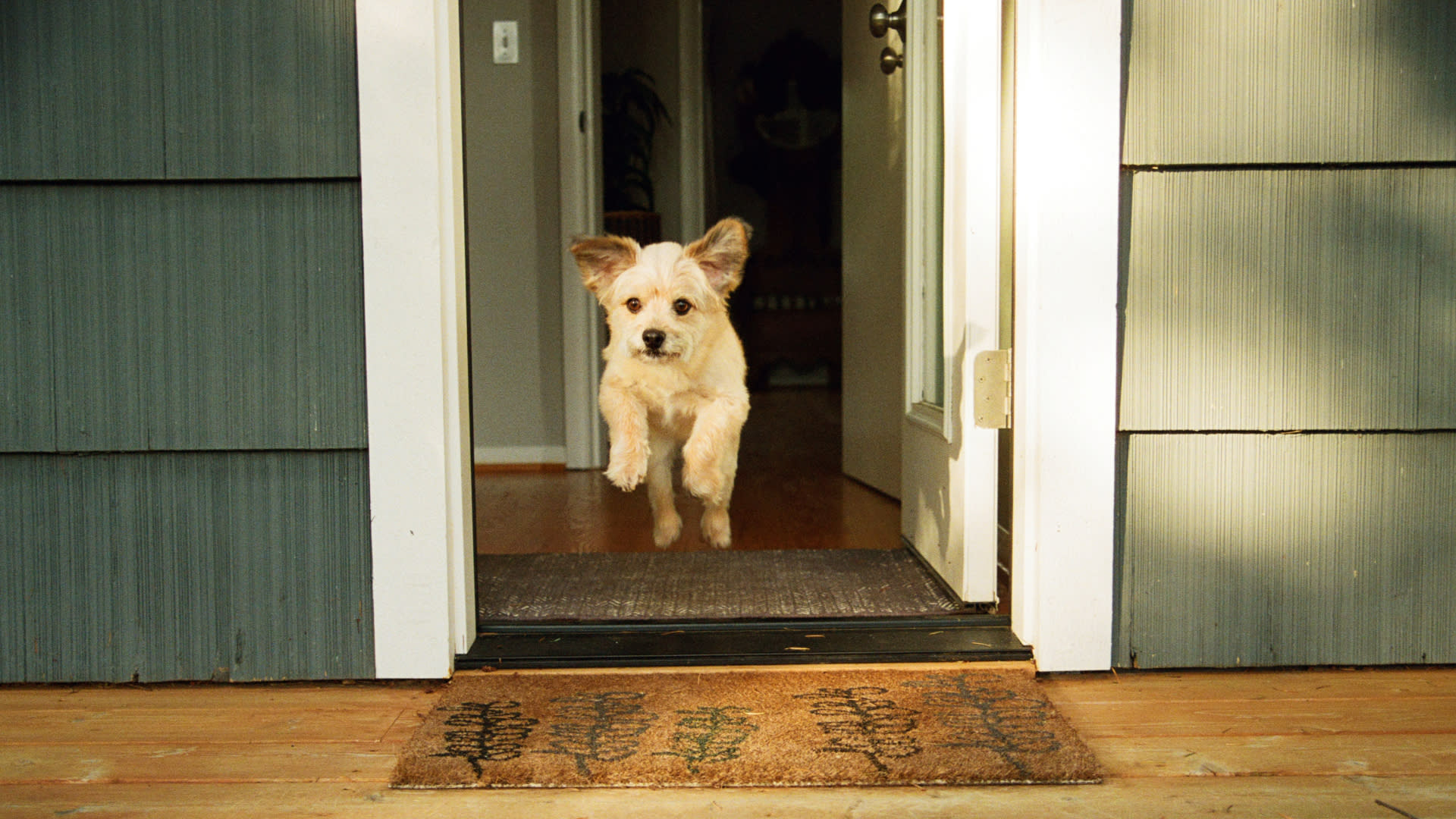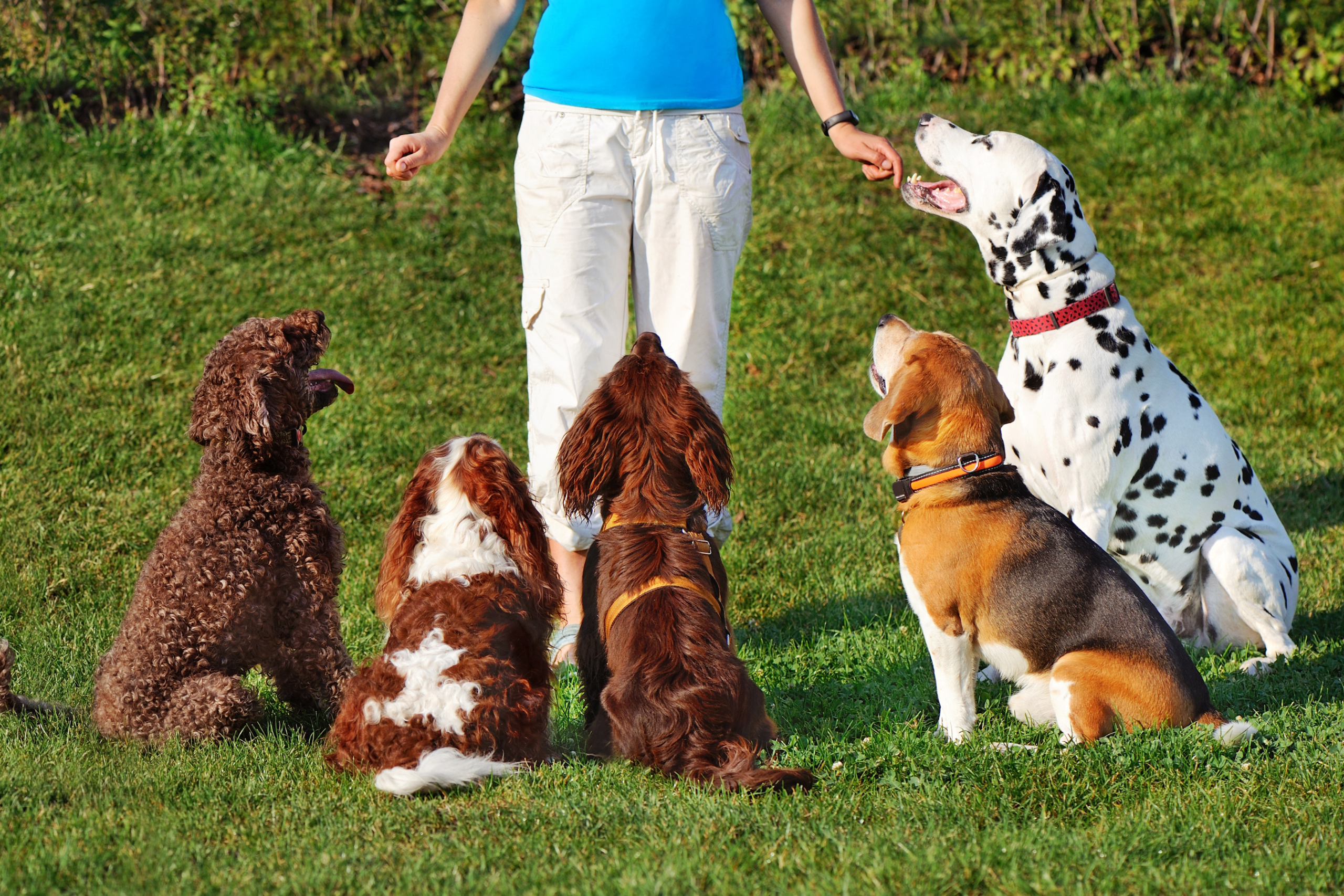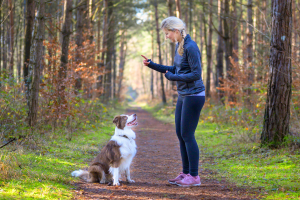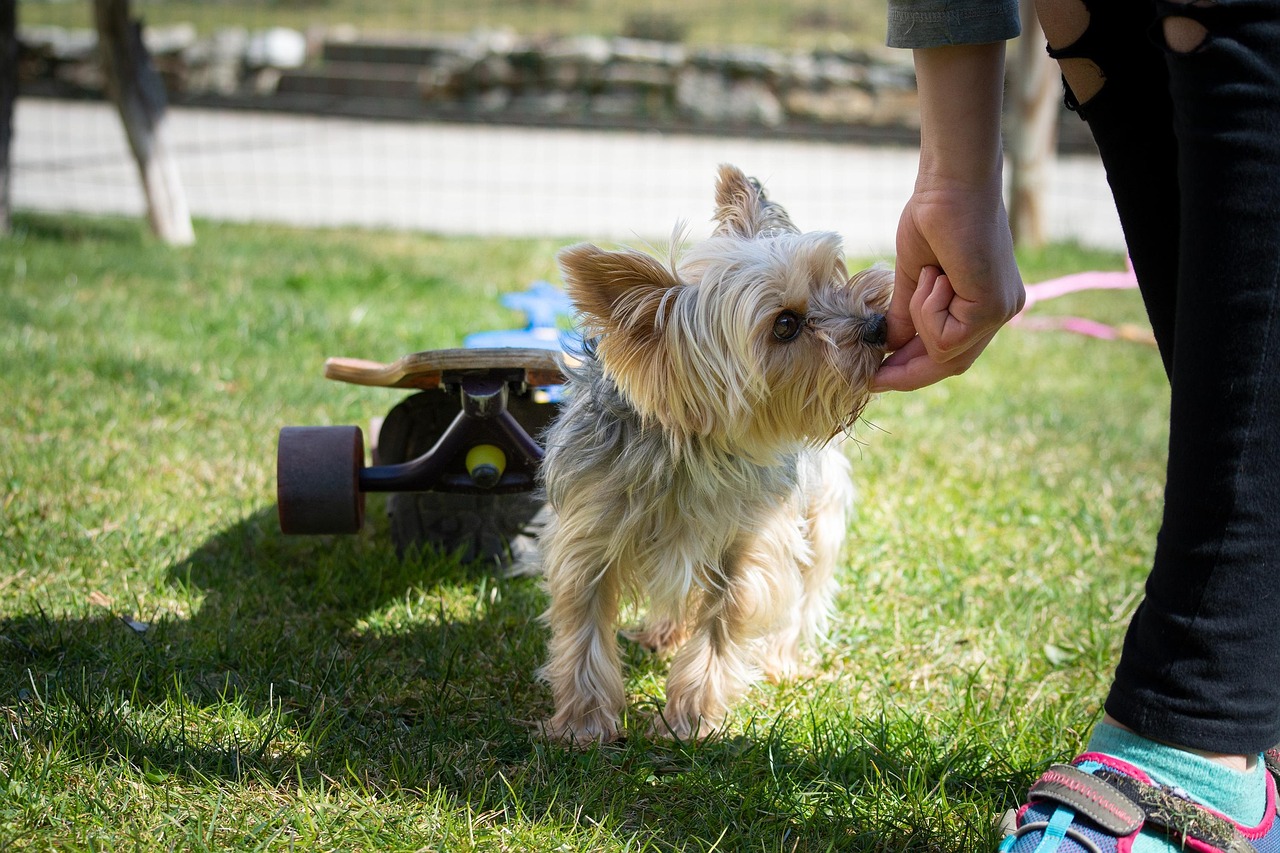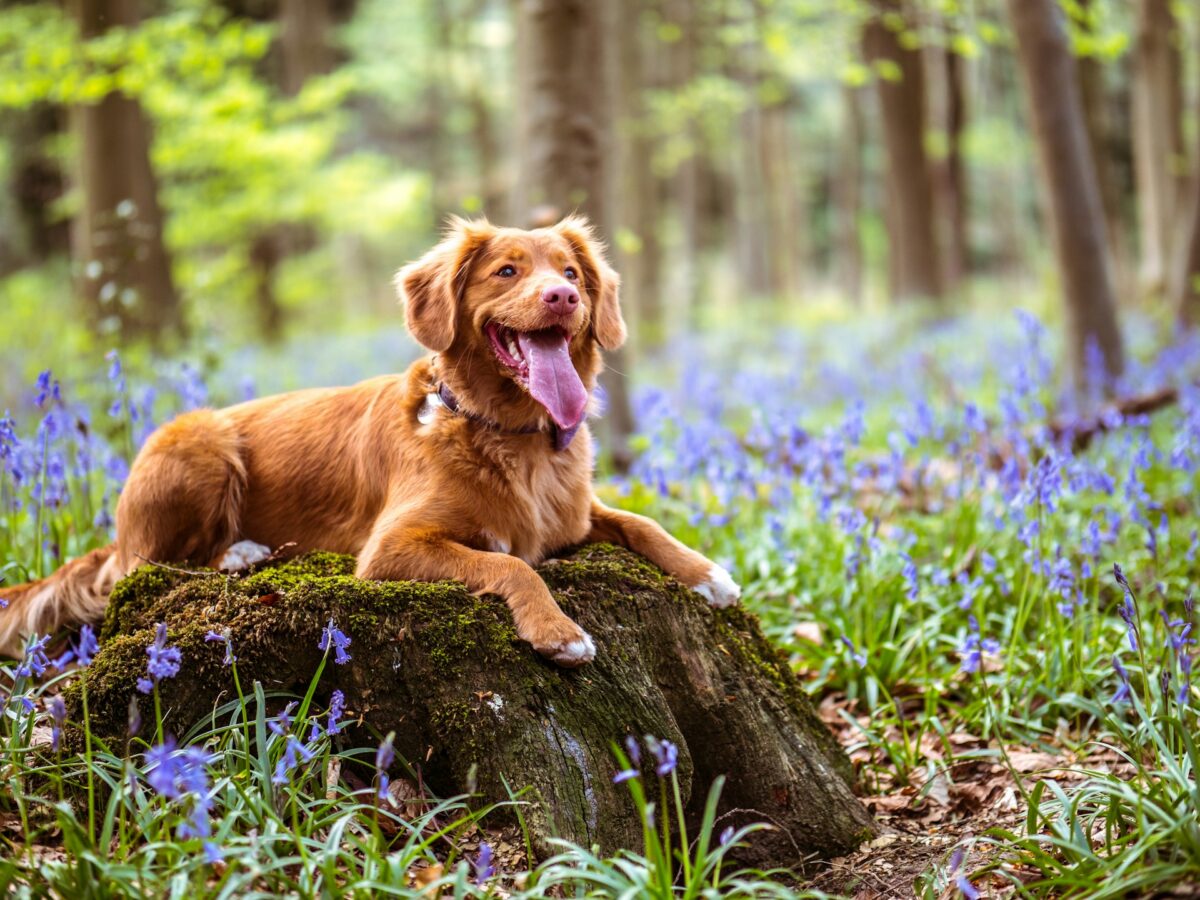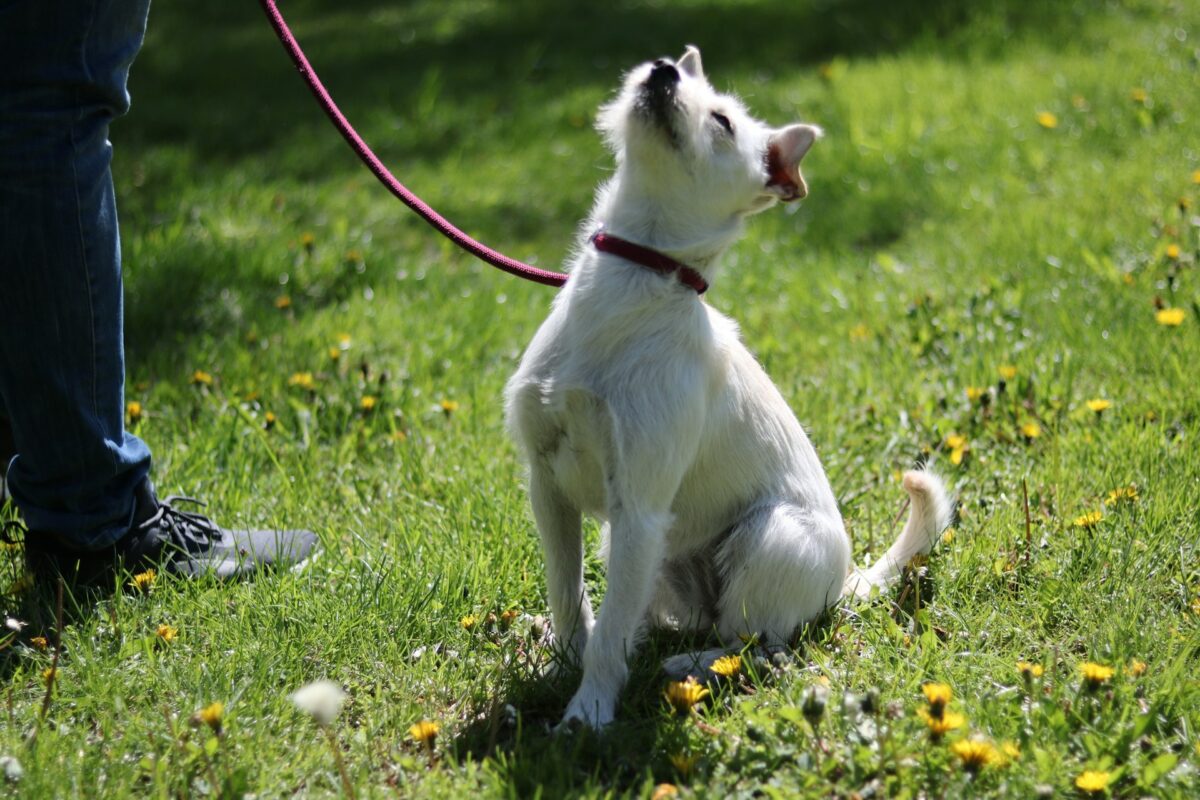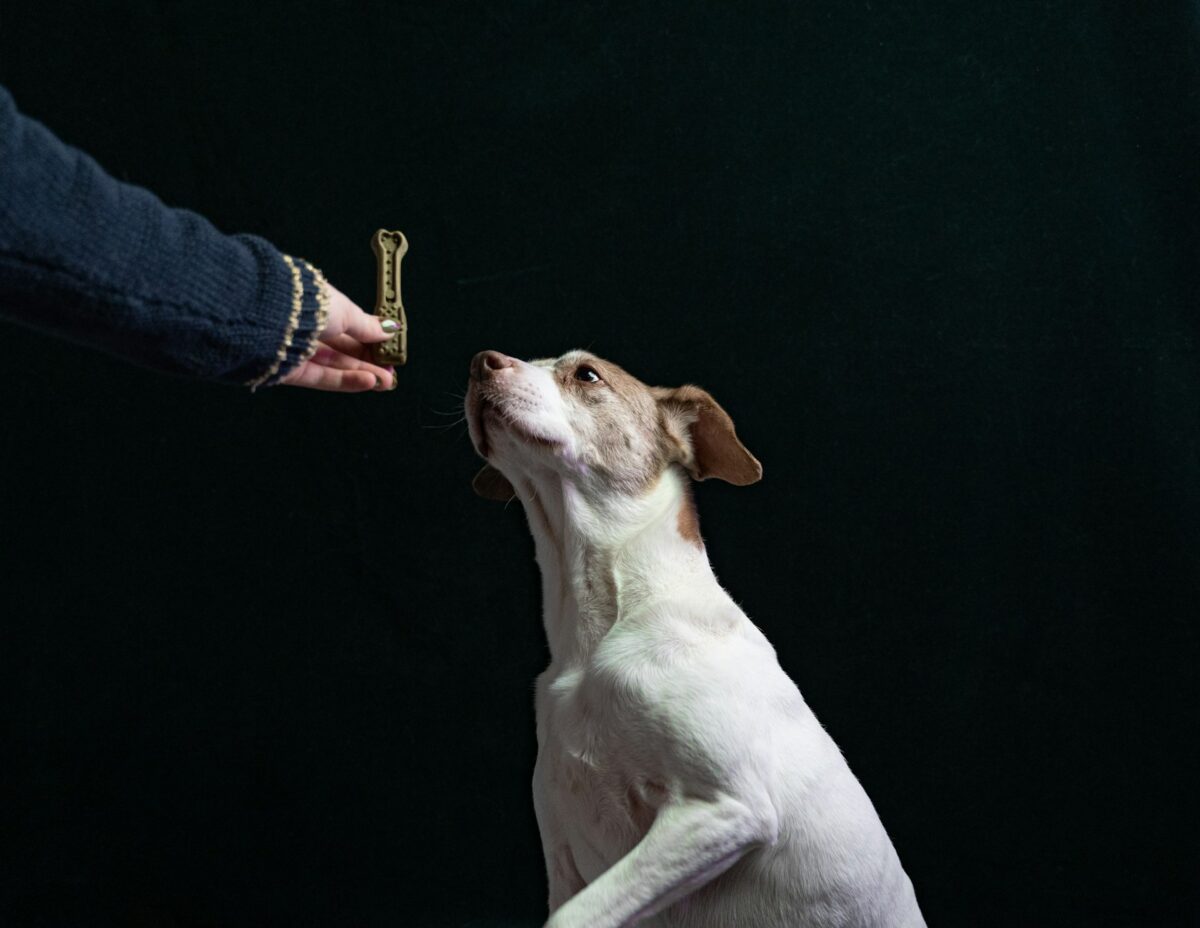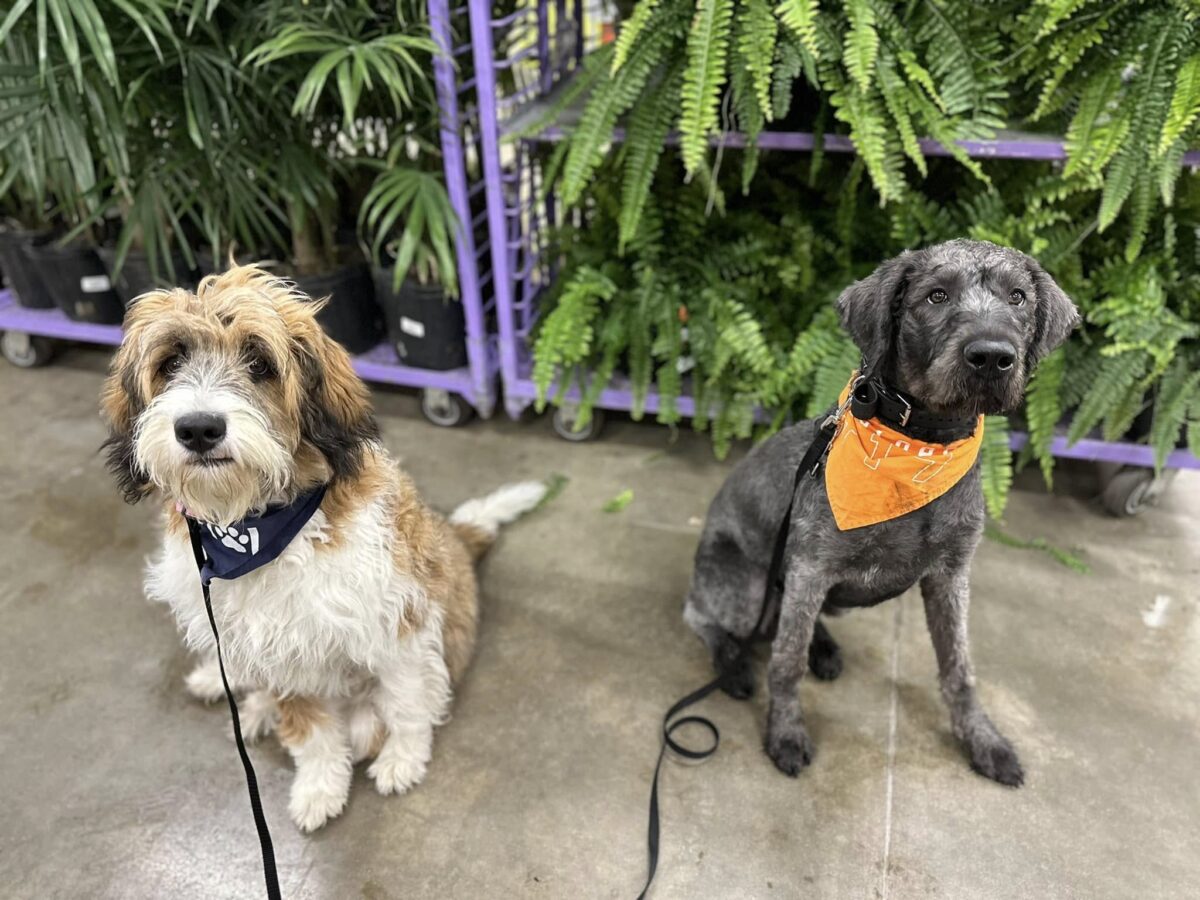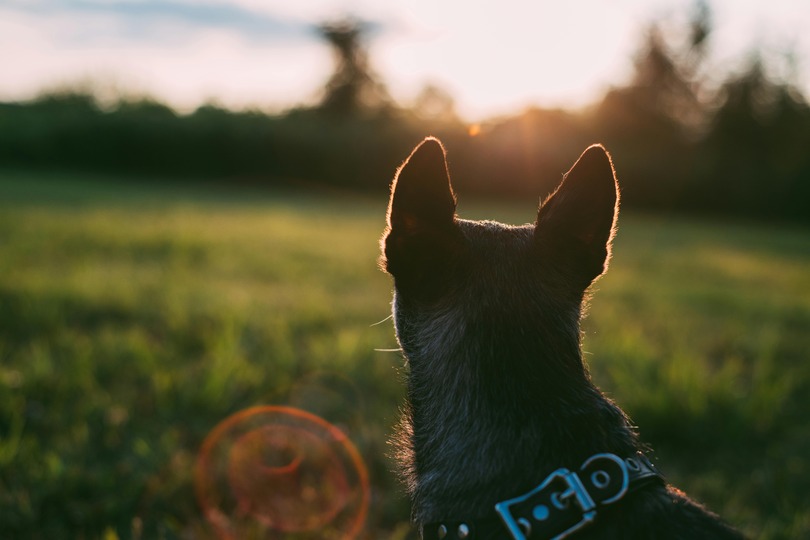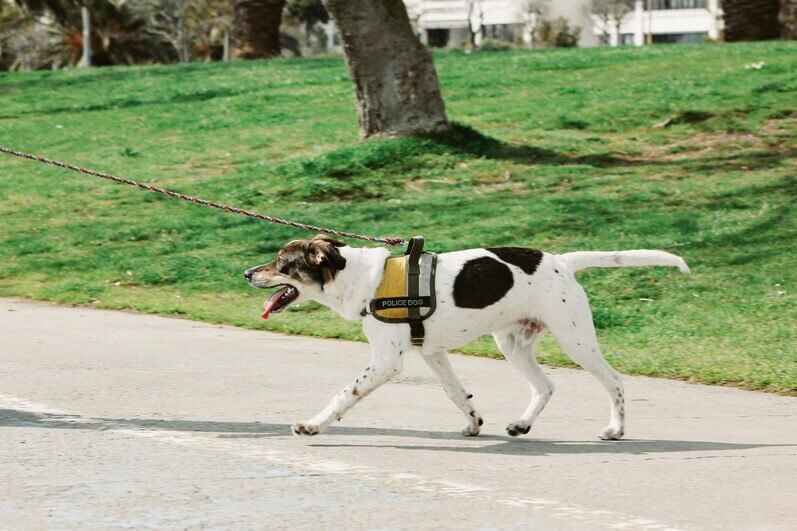What Training is Required for an Emotional Support Dog: A Guide on What You Need to Know
Emotional support dogs (ESDs) play a vital role in improving mental well-being, offering comfort and companionship to those struggling with anxiety, depression, PTSD, and other emotional challenges.
Unlike service dogs, ESDs are not trained to perform specific tasks but provide unconditional support that helps individuals cope with daily life.
If you’re wondering what training is required for an emotional support dog, this guide is here to help. We’ll break down the essential skills your dog needs, explain the importance of proper behavior, and explore whether you can train your ESD yourself or should seek professional help.
By the end, you’ll clearly understand how to prepare your emotional support dog for its role effectively.
Understanding the Role of an Emotional Support Dog
Emotional support dogs (ESDs) are more than just pets; they are companions that provide comfort and emotional stability to individuals facing mental health challenges.
To truly understand their role, it’s important to see how they differ from service dogs and recognize their unique benefits and limitations.
While both Emotional Support Dogs (ESDs) and Service Dogs provide invaluable assistance, they serve distinct purposes and have different legal protections.
Service Dogs
These highly trained animals are specifically trained to perform tasks for individuals with disabilities, such as guiding the blind, alerting to seizures, or providing balance support.
Emotional Support Dogs
These animals provide comfort and emotional support to individuals with mental health conditions. They are not trained to perform specific tasks but rather offer companionship and alleviate symptoms of conditions like anxiety, depression, and PTSD.
Who Can Benefit from an Emotional Support Dog?
Individuals struggling with various mental health challenges can greatly benefit from the companionship of an Emotional Support Dog. These conditions include:
- Anxiety disorders – ESAs can help alleviate anxiety symptoms by providing comfort and reducing stress.
- Depression – The companionship of an ESA can alleviate feelings of loneliness and isolation, boosting mood and motivation.
- Post-Traumatic Stress Disorder (PTSD) – ESAs can help individuals with PTSD manage flashbacks, nightmares, and hypervigilance.
- Other mental health conditions – ESAs can also be beneficial for individuals with conditions like bipolar disorder, obsessive-compulsive disorder, and social anxiety disorder.
Legal Protections and Limitations
Emotional support dogs are protected under specific laws, but these protections are limited compared to service dogs.
The Fair Housing Act allows individuals to live with their ESDs in housing that might otherwise prohibit pets, ensuring they have the support they need at home. The Air Carrier Access Act previously allowed ESDs to travel in the cabin with their owners, but recent changes mean airlines may no longer be required to accommodate them.
While these rights help ensure ESDs can fulfill their role, it’s essential for owners to understand and respect the boundaries of these protections.
Does an Emotional Support Dog Require Specialized Training?
Training is just as important for emotional support dogs (ESDs) despite the fact that they do not need the same specialized training as service dogs. To provide the comfort and stability their owners need, ESDs must have good manners, basic obedience, and the ability to adapt to different situations.
Basic Obedience Training
Every emotional support dog should know basic commands like sit, stay, and come. These foundational skills are not just about good behavior — they help create a sense of order and predictability, which is essential for both the dog and its owner.
A well-trained ESD is easier to manage and more reliable in providing support, especially during stressful moments.
Behavioral Expectations
An emotional support dog should be calm and well-behaved, whether at home or in public. Barking excessively, jumping on people, or acting aggressively can disrupt the peaceful environment they’re meant to create.
Teaching your dog to remain composed and non-disruptive ensures they can offer the emotional stability you need without adding unnecessary stress.
Socialization Skills
Socialization is key to helping your emotional support dog feel comfortable around people, other animals, and different environments.
A well-socialized dog is less likely to become anxious or reactive in new situations, making it easier for them to accompany you wherever they’re allowed. Exposing your dog to various experiences early on can build their confidence and ensure they remain a source of calm and support.
Key Training Steps for an Emotional Support Dog
Training an emotional support dog (ESD) requires patience, consistency, and love. Each step in the process helps ensure your dog becomes a dependable and comforting companion, ready to support you in any situation.
Step 1: Establishing a Bond
The foundation of any successful training is a strong bond between you and your dog. Spend quality time together through play, walks, and quiet moments.
Building trust helps your dog feel safe and connected to you, creating a relationship where they naturally want to support and comfort you. A strong bond also makes training more effective, as your dog will be more eager to learn and please you.
Step 2: Teaching Basic Commands
Basic commands like sit, stay, and leave it are essential for any well-behaved dog, especially an emotional support dog. These commands help you manage your dog’s behavior and create structure, which is comforting for both of you.
Start with short, simple sessions and use positive reinforcement to encourage your dog as they learn.
Step 3: Reinforcing Positive Behavior
Consistency is key to training success. When your dog behaves well, reward them with treats, praise, or affection. Positive reinforcement helps your dog understand what’s expected and motivates them to repeat good behavior.
Be patient and clear, and avoid punishing mistakes — it’s better to guide your dog toward the right behavior instead.
Step 4: Public Behavior Training
An emotional support dog should be calm and well-mannered in public spaces. Practice exposing your dog to different environments, such as parks, sidewalks, or quiet cafes, to help them adjust to various sights, sounds, and smells.
Focus on teaching them to stay calm around people and other animals. A well-trained ESD that can handle public situations with ease provides greater peace of mind for both you and those around you.
Can You Train an Emotional Support Dog Yourself?
While some owners succeed with DIY training, others find professional guidance necessary. Let’s explore the pros and cons of training your ESD on your own and when to seek expert help.
Pros and Cons of DIY Training
Many people successfully train their Emotional Support Dogs (ESDs) at home. This approach offers several benefits:
- Cost-effective – DIY training can save you money compared to hiring a professional trainer.
- Personalized attention – You can tailor the training to your dog’s specific needs and learning style.
- Bonding opportunity – Training together can strengthen the bond between you and your dog.
DIY training also presents challenges:
- Time-consuming – Effective training requires consistent effort and time commitment.
- Potential for mistakes – Without proper guidance, you may inadvertently reinforce negative behaviors.
- Limited expertise – You may lack the knowledge and skills to address complex behavioral issues.
When to Seek Professional Help
If you encounter difficulties with your ESA’s training or if your dog exhibits severe behavioral problems, it’s advisable to consult a professional dog trainer. Consider seeking professional help if:
- Your dog has aggression issues.
- Your dog is excessively fearful or anxious.
- You’re struggling to establish basic obedience.
- Your dog has difficulty socializing with other animals or people.
Finding the Right Trainer
When selecting a professional trainer, look for someone with experience working with emotional support dogs. Consider the following tips:
- Certifications and qualifications – Check if the trainer has relevant certifications or qualifications.
- Positive reinforcement techniques – Ensure the trainer uses positive reinforcement methods to avoid fear and stress.
- Experience with ESAs – Look for a trainer who understands the unique needs and challenges of emotional support dogs.
- References and reviews – Ask for references from previous clients and read online reviews.
Certification and Documentation: What You Need to Know
When it comes to emotional support dogs (ESDs), understanding the necessary documentation and avoiding scams is essential.
While certification isn’t legally required, having the right paperwork and ensuring your dog is well-behaved can make a big difference in how smoothly you navigate housing or travel situations.
The Role of an ESA Letter
An Emotional Support Animal (ESA) letter is a crucial document that confirms your need for an ESA and the specific mental or emotional condition it helps alleviate. This letter is typically issued by a licensed mental health professional, such as a psychiatrist, psychologist, or therapist.
Why is an ESA letter important?
- Legal protection – An ESA letter can provide legal protection under the Fair Housing Act and the Air Carrier Access Act.
- Housing rights – It allows you to live with your ESA in housing that typically doesn’t permit pets.
- Travel rights – It grants you the right to travel with your ESA on airlines.
Avoiding Scams
Unfortunately, there are fraudulent organizations that offer fake ESA certifications. To protect yourself and your rights, be cautious and avoid these scams. Here are some tips:
- Verify the mental health professional – Ensure the provider is licensed and reputable.
- Legitimate documentation – A genuine ESA letter should include the provider’s credentials, contact information, and a detailed explanation of your condition.
- Avoid online mills – Be wary of online services that offer quick and easy ESA certifications without a proper evaluation.
Does Your Dog Need Certification?
Legally, emotional support dogs do not require certification or specialized training. However, good behavior is crucial.
Landlords or others interacting with your dog will appreciate a calm, well-mannered animal. Proper training ensures your dog can provide the support you need without causing unnecessary disruptions.
Ensuring Your ESA’s Success
Your emotional support dog (ESA) plays a vital role in your well-being, and ensuring their success starts with proper training and care. A well-trained ESA is not only a source of comfort but also a joy to have by your side in any situation.
Commit to Training and Care
Training isn’t a one-time effort — it’s an ongoing process that strengthens the bond between you and your dog. Regular practice of basic commands, public behavior training, and socialization helps your ESA remain calm, well-mannered, and reliable.
Along with training, providing your dog with proper care, including a healthy diet, regular exercise, and routine vet visits, ensures they are happy and ready to support you.
Start your ESA’s journey today!
Don’t wait to start training your ESA. The earlier you begin, the better. By investing time and effort in training and bonding, you can create a strong partnership with your ESA.
Need professional guidance?
If you’re unsure about training your ESA or need expert advice, our team of professional dog trainers is here to help. Consult one of our experienced dog trainers for personalized support. We offer personalized training plans and guidance to help you and your ESA achieve your goals.
For more information and tips on training and caring for your ESA, check out our blog.
Together, let’s ensure your ESA becomes the best support companion they can be.

